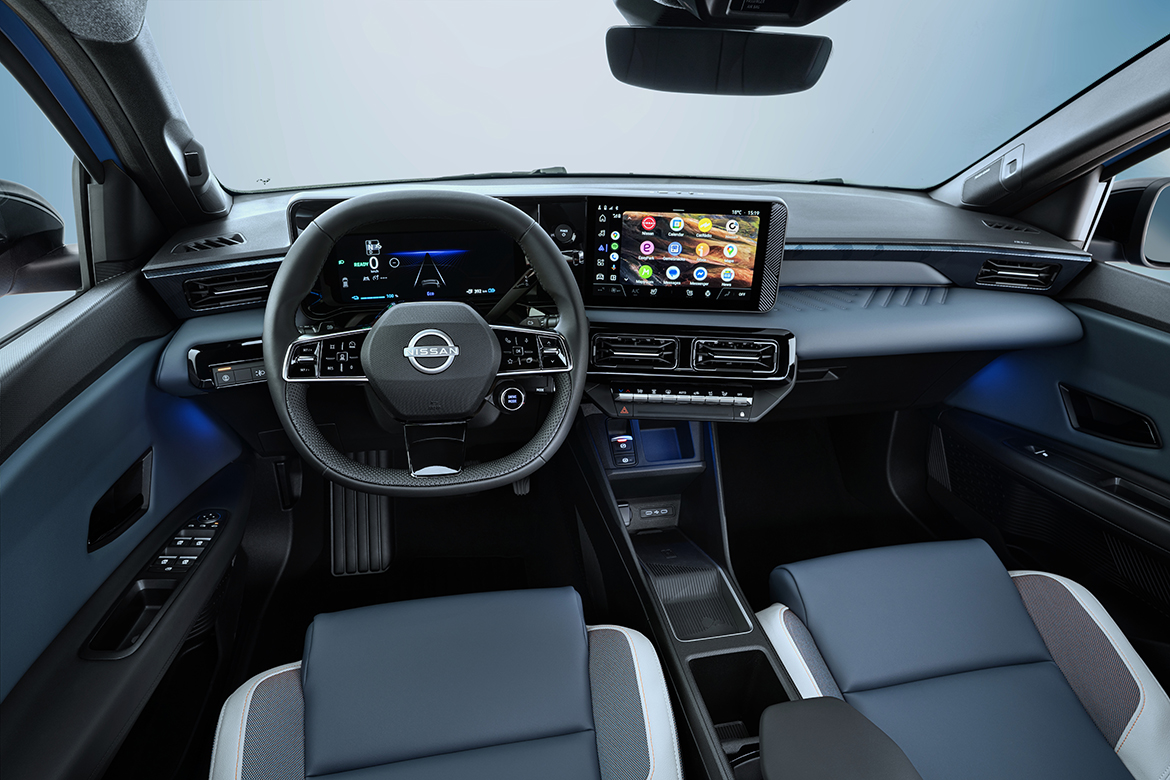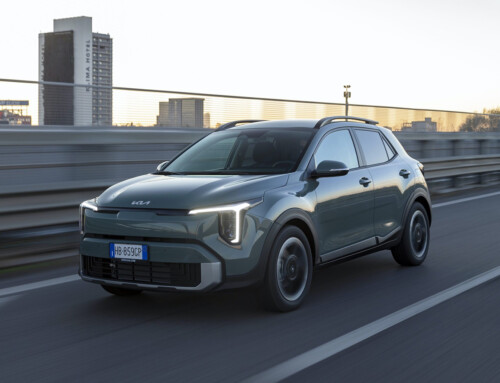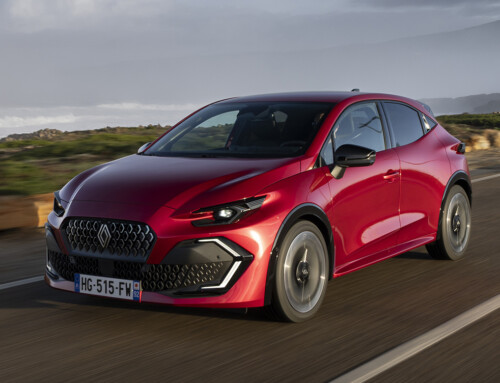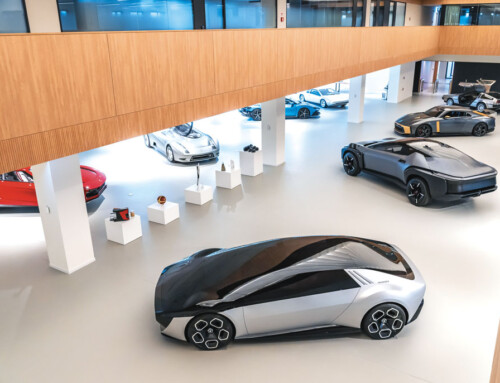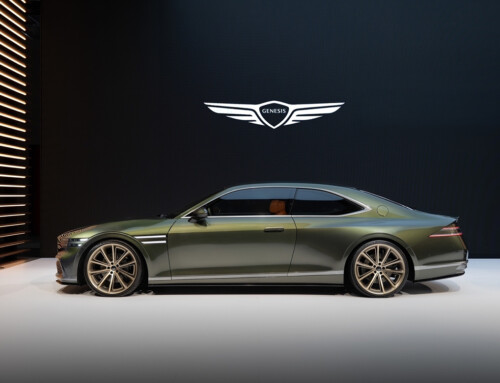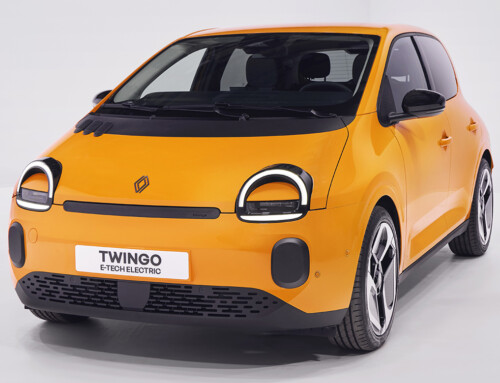After more than forty years on the road—thirty of them in Italy—and five generations, the Nissan Micra is, for the first time, indulging in a touch of nostalgia to accompany a revolution: the shift to electric mobility. The new Micra, built on the same platform as the acclaimed Renault 5, places a strong emphasis on design and high-tech features, while drawing inspiration from its predecessors—especially the most “technological” of them all, the K12, produced from 2003 to 2009. But that’s not all.
As Exterior Design Manager at Nissan Design Europe Yongwook Cho explained during the livestreamed reveal in late May: “The new Micra’s design aims to enhance its presence and recognizability on the road but is also fun and funky.” This is where historical references blend with a clear nod to Italian design, with shapes and lines inspired by everyday objects. The most distinctive feature is the new headlight design, with circular LED daytime running lights that frame—and at the same time downplay—the main projectors, which closely resemble those of the R5. This glowing outline, highlighted by the flat front surface, recalls the “bubble” lights of the K12, but actually the DRL shape was inspired by profile of gelato scoops.” The same solution appears at the rear, joined by a glossy black trim and center accents in body color—a solution reminiscent of the latest Fiat 500 and Lancia Ypsilon, unmistakably Italian icons.
The side view is no less interesting: ground clearance has been emphasized to evoke a subtle crossover feel, reinforced by the large 18” wheels fitted as standard across the range, offered in three different styles, all with glossy black accents and a crisp crease running below the windows. Less obvious are the references to the first Micra imported into Europe, the iconic K11, which was crowned Car of the Year in 1993. Here, the straight lines of the bonnet and roof—particularly when viewed from the rear three-quarters—recall that landmark model.
Inside, the shared components with the Renault 5 are more evident, but this is also where designers fine-tuned the most, guided by the Japanese hospitality principle of “Omotenashi”, expressed through calming, welcoming blue accents. They also had fun adding unique design details, like a raised outline of Mount Fuji with the sun on the central storage surface. One of the smallest “easter eggs” is found outside, on the charging port flap: an ideogram made of two vertical and three horizontal lines. It’s a phonetic tribute to the brand name, symbolizing the numbers 2 and 3—pronounced “ni” and “san” in Japanese.





